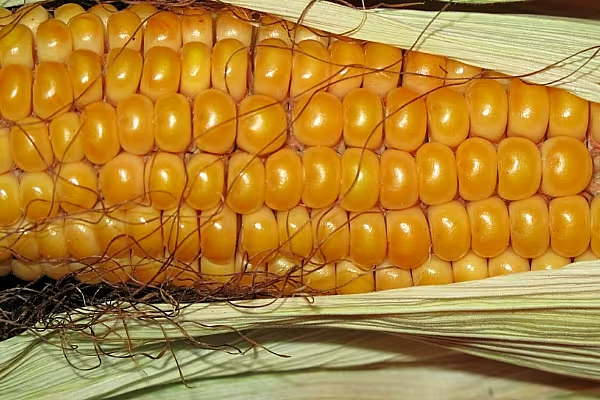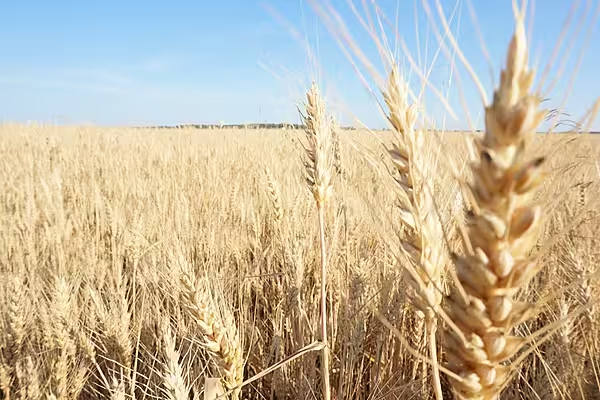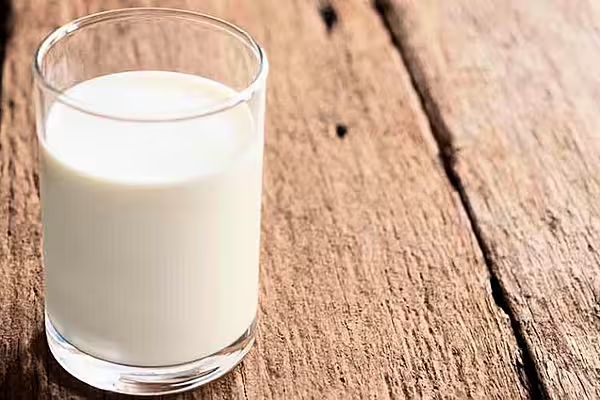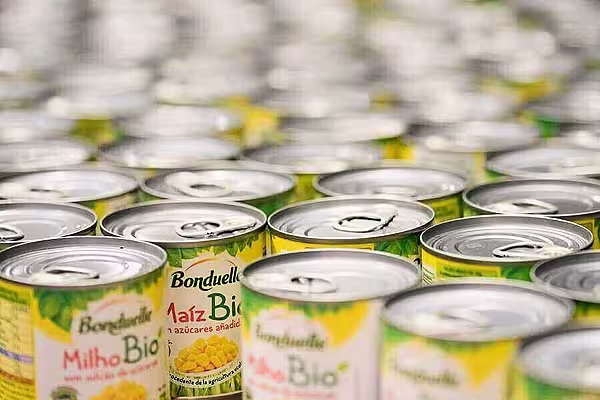The end of China’s corn-stockpiling frenzy may cut barley and sorghum imports almost in half next season, according to the United Nations’ Food & Agriculture Organization.
The biggest grain buyer will this year end the state corn-purchasing programme it used to subsidize its farmers and which had ballooned the country’s reserves to about half of the world’s supply. Because the hoarding raised domestic corn prices, livestock producers had shipped in record amounts of cheaper barley and sorghum as alternative feeds.
Now, with the government set to curb that demand for corn, combined imports of the other two grains may drop to 9 million tonnes in 2016-17, 44 per cent less than this season and about half the record set a year earlier, said Abdolreza Abbassian, a senior economist at the FAO in Rome. The state began subsidizing corn output in 2008.
"A reduction in corn stocks would mean far less need to bring barley and sorghum to China," Abbassian said by phone on Friday. "China is a very important driver in both of those markets. Sorghum was especially benefiting from China’s demand."
Chinese Buying
The country’s demand had been one of the few bright spots in the past year as markets around the world suffered from global gluts and US exporters struggled to compete with other shippers because the stronger dollar eroded demand. The US accounts for almost all of China’s sorghum imports, according to the US Department of Agriculture. Australia is the biggest supplier of barley, followed by France and Canada.
The prospect of fewer Chinese imports comes as sorghum and barley prices have slumped. US spot prices for sorghum in Omaha, Nebraska, fell last month to the lowest since 2010, according to USDA data. European feed barley prices in Rotterdam retreated 15 percent in the past year, according to the UK’s Agriculture and Horticulture Development Board.
China plans to replace its corn inventory program with other farm subsidies, the official Xinhua News Agency said 29 March. The state had bought grain at above-market prices to protect farm incomes. China now plans to reduce the area it plants with the grain, the Ministry of Agriculture said last week, marking the first decline in more than a decade.
That suggests Chinese livestock producers will feed more domestic corn to animals next year and draw down some of the stockpile. Demand for corn in livestock feed may climb about 7 per cent to 145 million tonnes in 2016-17, Abbassian said. The country’s corn inventories are expected to narrow by about 6 per cent to 98 million tonnes by the end of the season, he said.
News by Bloomberg, edited by ESM. To subscribe to ESM: The European Supermarket Magazine, click here.














